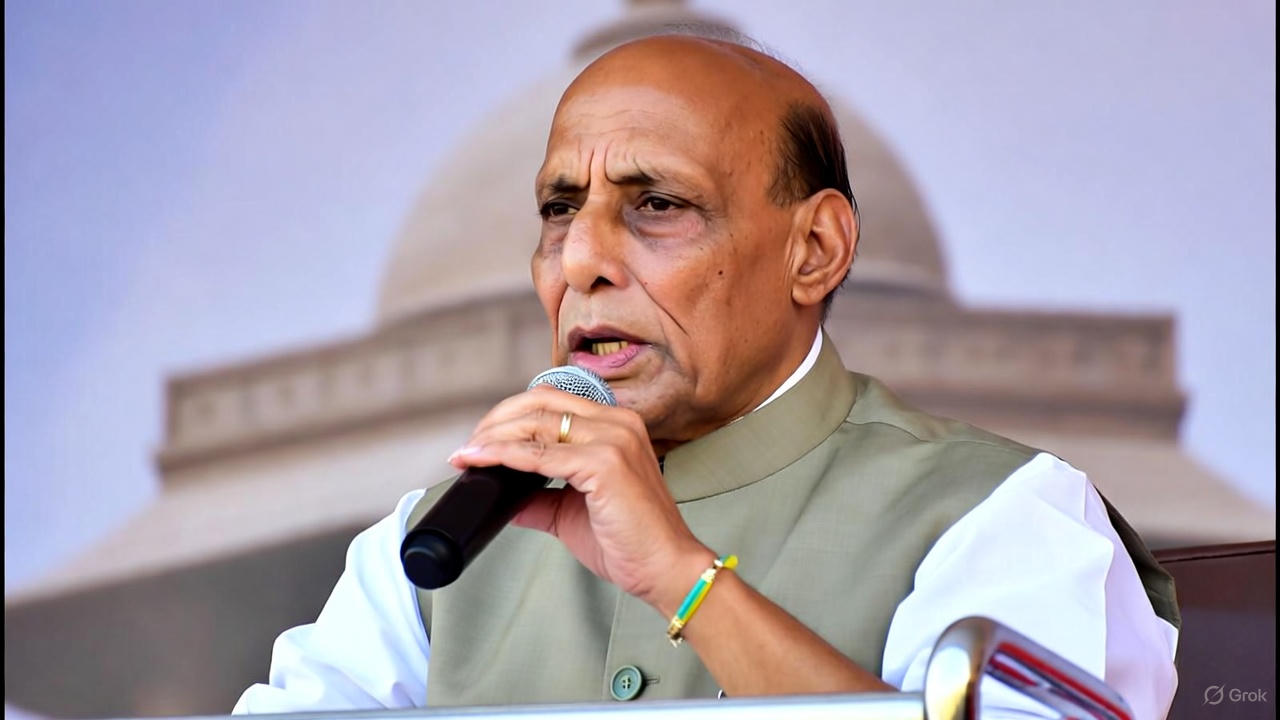Concerns Raised on Starlink Satellite Deorbits.
IIn 2025, reports emerge that Elon Musk’s Starlink satellites are deorbiting uncontrollably, alarming scientists and environmentalists worldwide who fear its impact on space safety and the environment.
Re-observations by the astrophysicist Jonathan McDowell of the Harvard Smithsonian Centre of Astrophysics show that one or two of the Starlink satellites purposefully fall into the atmosphere of the Earth daily. As SpaceX is but expanding its mega -constellation, this figure may shortly increase to almost five reentries in one day, indicating a higher extent of satellite operation in low-Earth orbit.
Expanding Network on Starlink in Space.
Currently, scientists have tracked nearly one-fifth of Earth’s orbital space, which contains around 20,000 pieces of space material — including over 12,000 active satellites.About 8,500 of them are the part of the Starlink network of SpaceX that offers high-speed internet services at the global level. With thousands of other satellites prepare for launch in coming year, scientists are becoming more and more concerned about orbital congestion and the dangers of the atmospheric reentry. Space infrastructure has now become a key issue to its long-term sustainability.
The response to this question is very easy.
Each Starlink satellite has a design lifetime of five years after which it burns safely into the atmosphere of the earth during reentry. This design will ensure that no debris will move to the surface, and hence there will be no threat to the surface human being or the properties. These days, many videos are going around online showing satellites coming back and falling to Earth. Scientists claim that there is nothing to lose though, these are safe reentries. They occur intentionally to ensure that the earth is safe against space junk.
Scientists Beam of Wider Niche Redemption.
Dr. McDowell is of the opinion that it is not the threat of Starlink itself, but rather other unregulated satellites and outdated space hardware that is a bigger risk. Most of these products fall down to the ground without comprehensive follow-up and they may leave behind large metallic pieces. Random fragment falls are only experienced a few times in a year. Although the current conditions have so far been positive, the growing number of uncontrolled debris in space and old technology in the orbiting systems indicates that in future, the risks could be even more serious as McDowell warned in one of his interviews with EarthSky.
It is Environmental Impact into environment on atmosphere of the earth.
Starlink reentries should be safe, however scientists undertake an active study on the environmental impact of such a technology. Satellite burning produces aluminumoxide particles which may contribute to atmospheric warming as well as disrupt the balance in the ozone. Researchers are considering that the buildup of these pollutants may have a profound change in climate conditions and that research question will guide future studies of the effects of mega-constellations.
Sustainability Strategies of Space Space reinventing.
Dr. McDowell emphasized that the existing knowledge may radically change the design and disposal process of the future satellites. What these effects are and whether they are minor or are already problematic, one can only say. In case it would be determined that such satellites are harmful, the scientists might have to change the way they dispose of them so that the upper atmosphere was not put in grave danger.. The results of the research will be paramount to SpaceX and the other operators who have to operate large satellite constellations, which leads to debates about sustainable orbital management and cleaner deorbit technologies.
Starlink and Space management Future.
As SpaceX contributes to the increased deployment of Starlink, it is necessary to introduce technological advances that would not be harmful to the environment. In order to protect the atmosphere on this planet and assure the long-term sustainability of the low-Earth orbit, the constant monitoring of the satellite reentries and orbital debris has become an urgent issue. This situation proves that the development of international internet connectivity is designed with the equal responsibilities in terms of the ecological context, and in the future, more intelligent and safer strategies of space traffic control are required.



